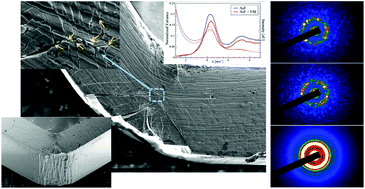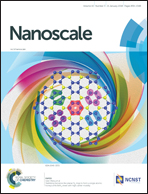Elastostatic reversibility in thermally formed bulk metallic glasses: nanobeam diffraction fluctuation electron microscopy
Abstract
The unparalleled shaping ability of bulk metallic glasses can revolutionize commercial products having multi-length scale features with a processing time of several minutes. Despite the widespread shaping ability of these polymer-like multicomponent alloys, thermoplastic forming (TPF) can severely degrade the intrinsic properties, particularly when complex stress states are activated. The present work emphasizes the importance of elastostatic loading (ESL) which not only fully reverses deteriorated room temperature plasticity originating under TPF or post-cryostatic conditions, but also activates a rejuvenation mechanism by rendering an extended resistance against strain softening. Furthermore, the reduction in the supercooled liquid region and crystallization enthalpy measured by differential scanning calorimetry are found to be temporary, and can be fully reversed to the initial condition. HRTEM imaging of the samples are performed with an imaging spherical aberration corrector. Individual nanobeam diffraction patterns obtained by the fluctuation electron microscopy (FEM) measurements are acquired using a scanning transmission electron microscope with a probe size of 1.2 nm from a 10 × 10 raster, yielding 100 diffraction patterns. The normalized variance of a series of nanodiffraction patterns of the post-elastostatically loaded sample reveals a height decrease in the first broad peak of normalized intensity variance V(k) suggesting modifications in the medium-range structural order which in turn dramatically restores the mechanical and thermal properties. Overall, the combination of TPF and post-ESL treatment in advanced glassy metals can open a new avenue for ultra-high mechanical and thermal performance micro- and nanomechanical devices for biosensors, MOSFETs and robotics.



 Please wait while we load your content...
Please wait while we load your content...